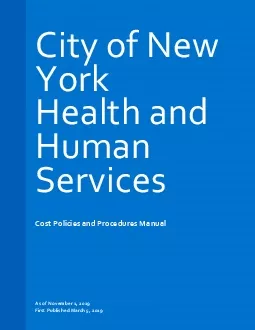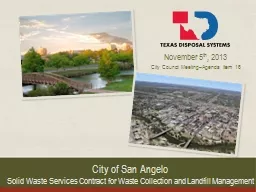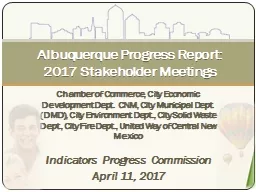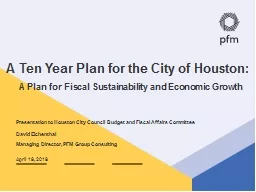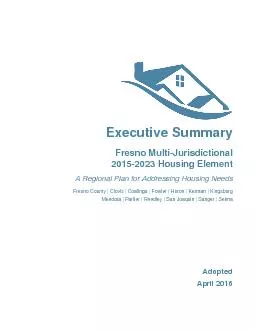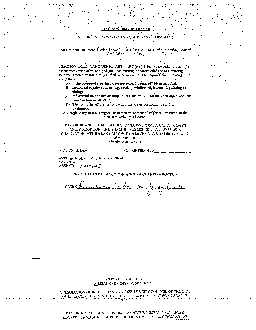PDF-City of New
Author : dandy | Published Date : 2021-09-27
YorkHealth and Human ServicesAs of November 1 2019First Published March 5 2019ContentsIDefinitions and Acronyms1ADefinitions1BAcronyms6IIPolicy and Practice7ACost
Presentation Embed Code
Download Presentation
Download Presentation The PPT/PDF document "City of New" is the property of its rightful owner. Permission is granted to download and print the materials on this website for personal, non-commercial use only, and to display it on your personal computer provided you do not modify the materials and that you retain all copyright notices contained in the materials. By downloading content from our website, you accept the terms of this agreement.
City of New: Transcript
Download Rules Of Document
"City of New"The content belongs to its owner. You may download and print it for personal use, without modification, and keep all copyright notices. By downloading, you agree to these terms.
Related Documents

